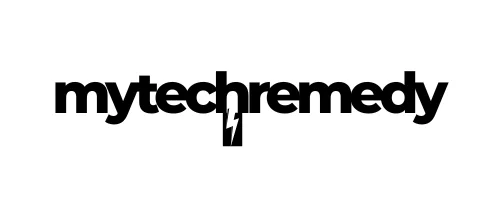Understanding the Sales Pipeline Funnel: A Guide for E-Commerce Brands
If you’re looking to boost your e-commerce business, mastering the sales pipeline funnel is essential. It’s the framework that guides potential customers from their first interaction with your brand to a loyal, repeat buyer. Whether you’re just starting out or refining your sales strategy, understanding this funnel can turn your casual visitors into dedicated fans.
What Is a Sales Pipeline Funnel?
Breaking Down the Funnel Stages
The sales pipeline funnel is a visual representation of the journey your prospects take before becoming customers. It’s typically divided into several stages:- Awareness: Potential customers discover your brand through marketing, social media, or word-of-mouth.
- Interest: They show interest by engaging with your content, signing up for newsletters, or browsing your products.
- Consideration: Prospects compare your offerings with competitors and seek more information.
- Intent: They demonstrate a clear desire to purchase, like adding items to their cart or reaching checkout.
- Purchase: The final step where the conversion happens—your customer completes the transaction.
- Loyalty & Advocacy: Post-sale follow-up turns customers into repeat buyers and brand advocates.
Optimizing Each Stage of Your Funnel
From Awareness to Interest
At the top of the funnel, your goal is to attract as many potential customers as possible. Use targeted advertising, engaging content, and social proof to capture attention. Make sure your branding is consistent and compelling to stand out in a crowded market.Engaging Consideration and Intent
Once a prospect is interested, nurture that relationship with valuable information. Product demos, reviews, FAQs, and personalized email campaigns help build trust. You want your audience to see your brand as the best solution to their needs.Closing the Sale
As customers reach the purchase stage, simplify the checkout process. Offer flexible payment options, clear shipping policies, and excellent customer support. Abandoned cart emails can be highly effective in reminding customers of their pending purchase and providing incentives to complete the transaction.Nurturing Loyalty and Advocacy
The journey doesn’t end at the sale. Follow up with post-purchase emails, loyalty programs, and opportunities for feedback. Satisfied customers are more likely to become repeat buyers and recommend your brand to others, fueling your pipeline further.Leveraging Data and Automation
Data is your best friend in refining your sales pipeline. Track how prospects move through each stage, identify bottlenecks, and adjust your strategies accordingly. Automation tools can help you deliver personalized messages at the right time, nurture leads more efficiently, and keep your brand top of mind.Actionable Tips for E-Commerce Success
- Map your customer journey: Understand each touchpoint and optimize it for conversions.
- Segment your audience: Tailor messaging based on behavior and preferences to increase relevance.
- Use targeted content: Blogs, videos, and social media posts should align with each funnel stage.
- Implement remarketing strategies: Re-engage visitors who didn’t convert the first time.
- Analyze and iterate: Regularly review your funnel metrics and tweak your approach to improve performance.
Final Thoughts
Building an effective sales pipeline funnel isn’t a one-and-done task—it’s an ongoing process of testing, learning, and refining. By understanding each stage, personalizing your approach, and leveraging data-driven insights, you can create a seamless experience that guides customers from curiosity to loyalty. For e-commerce brands aiming for sustainable growth, investing in the right funnel strategies can make all the difference. Remember, every interaction is an opportunity. Focus on delivering value at every stage, and your sales pipeline will naturally become a powerful engine for your brand’s success.Checkout ProductScope AI’s Studio (and get 200 free studio credits)
